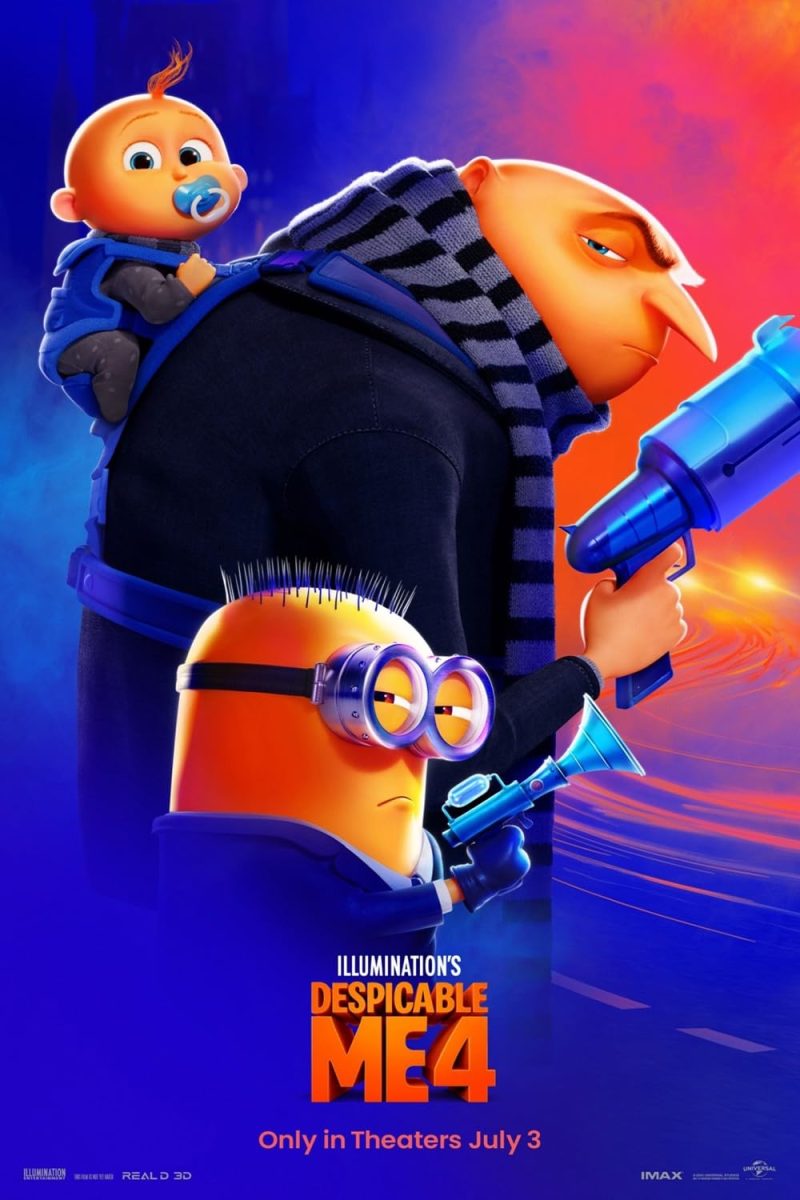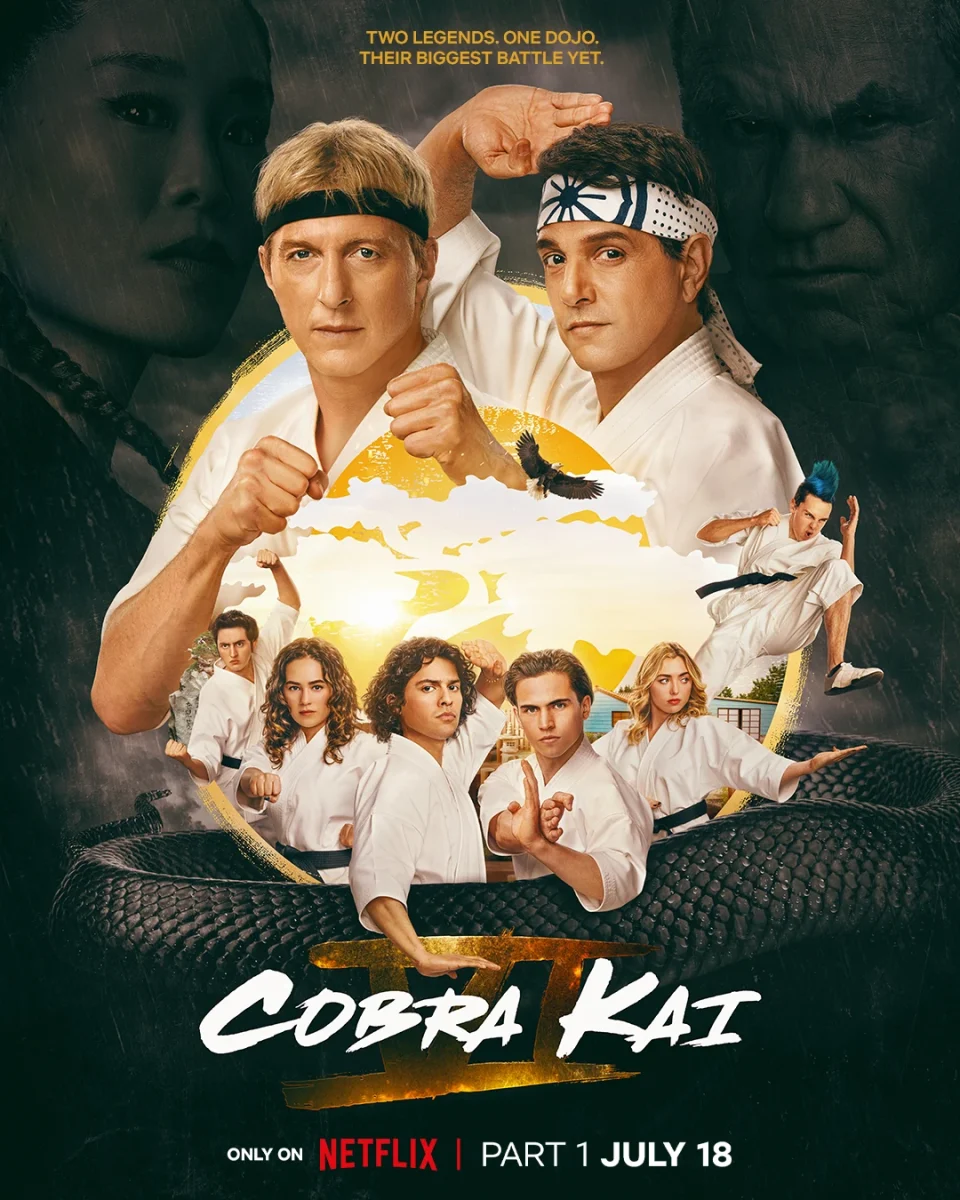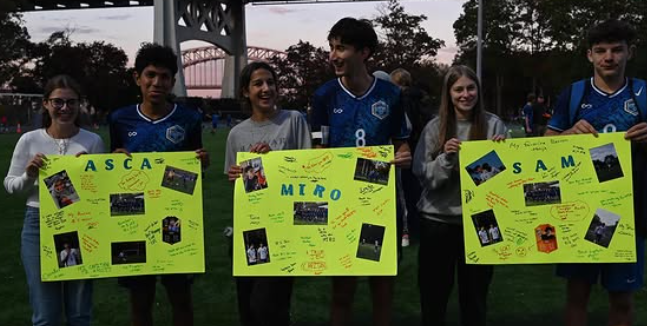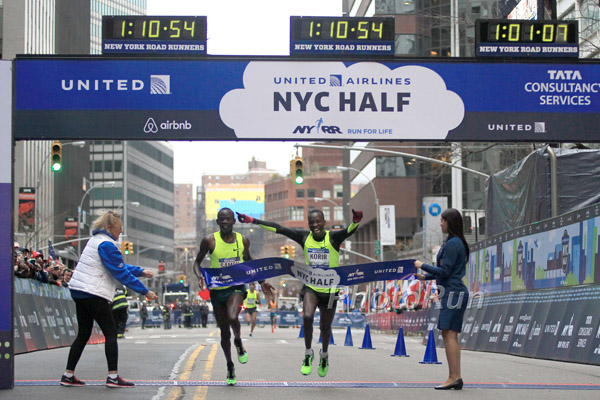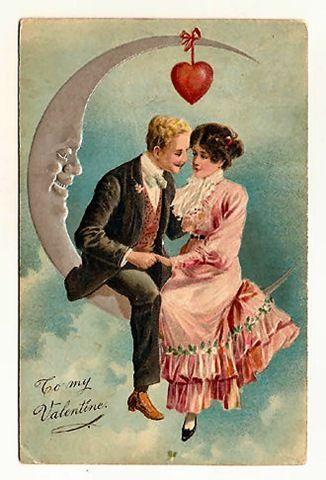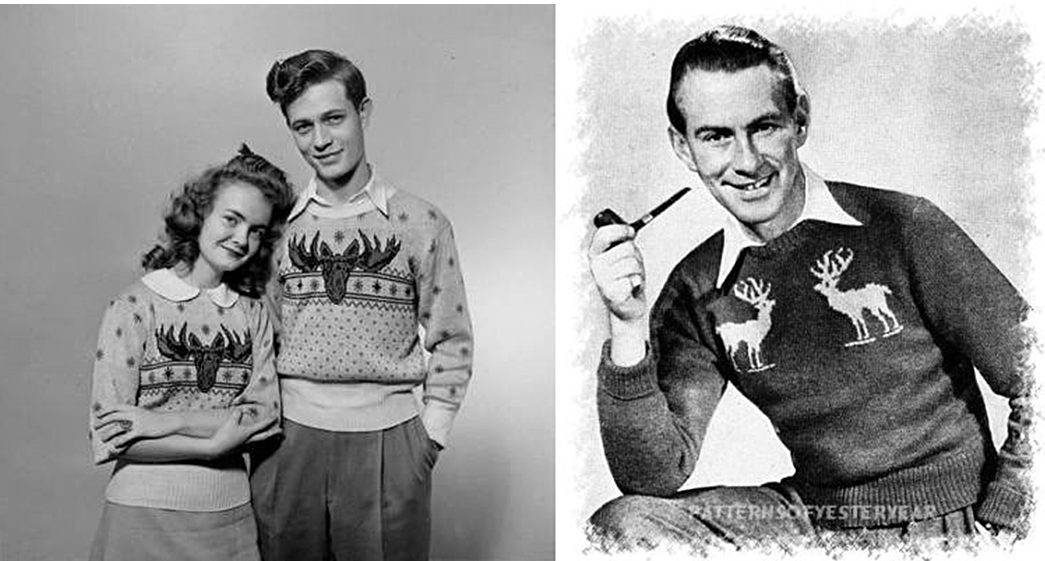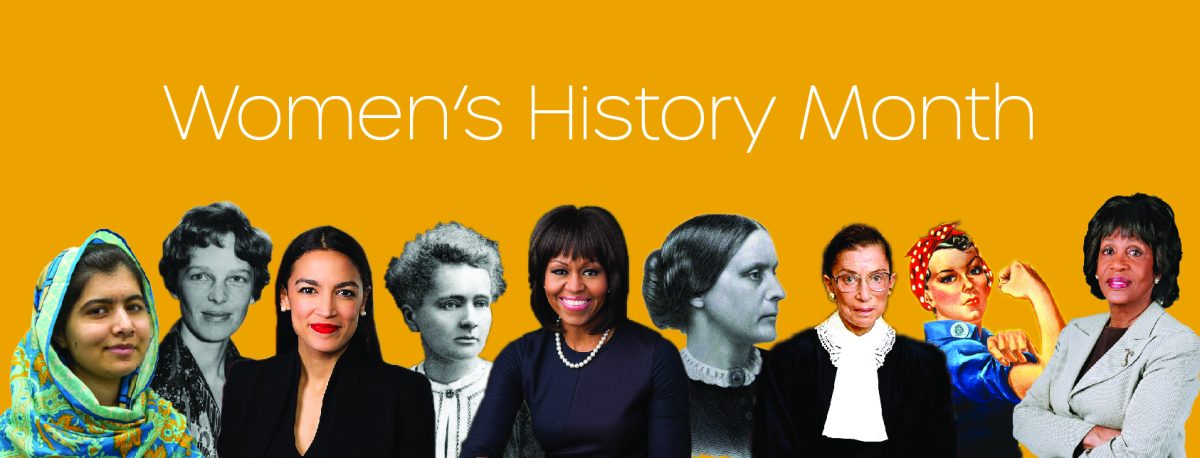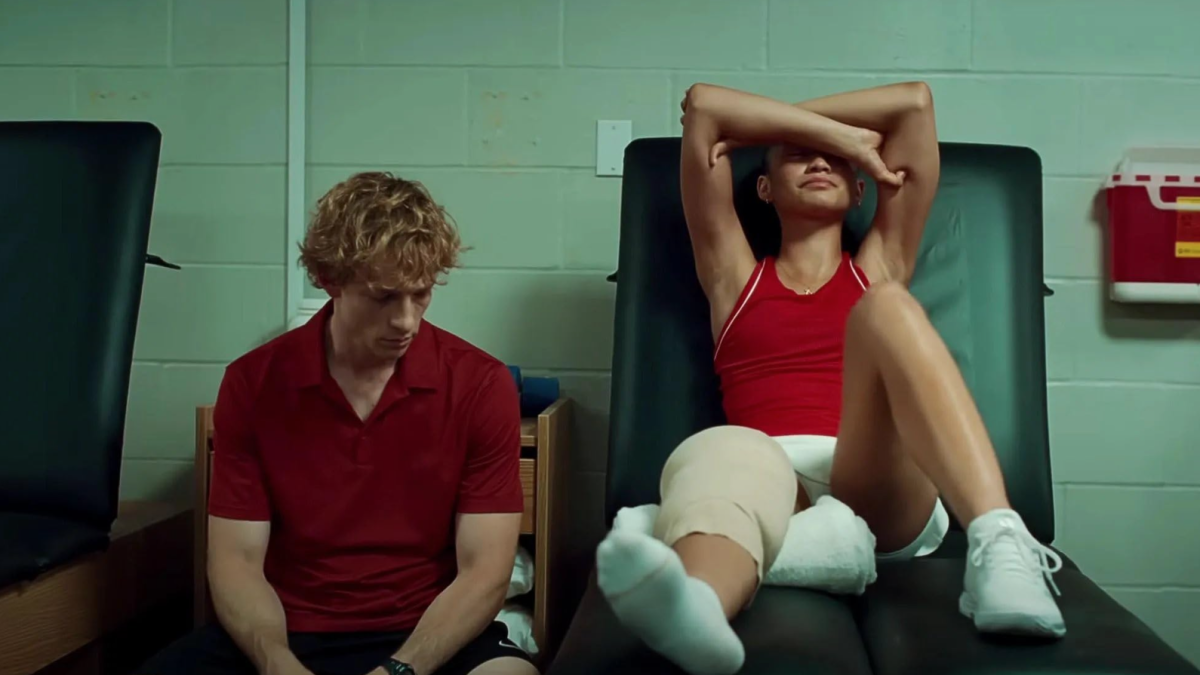Challengers, released on April 26, 2024, has made 82 million dollars so far. It stars Zendaya, Mike Faist and Josh O’Connor, and follows their characters Tashi, Art, and Patrick, respectively. Using tennis as its medium, director Guadagnino tells the dramatic story of 3 tennis players stuck in a tragic love triangle. The storyline uses the interactions between these three to make up the entirety of the film, and through cinematographic techniques as well as flashbacks, there is an attempt to capture what tennis feels like to the athletes whose entire life revolves around it: the plight of their personal lives as they succumb to the pressures of being athletes. The casting of attractive people in movies is generally done for viewer retention, but in this case, does Challengers amount to anything more than that? Does the plot live up to the movie’s star power?
Many of us heard about the movie through its choice of cast, and much of the talk surrounding the movie is about that as well, rather than its plot. Even before its release, the Challengers side of the internet has been teeming with edits playing on the sexualization of the characters. The focus on casting was heightened by the trailers for the movie, which utilized raunchy scenes to draw viewer attention. While the movie does have significant focus on the often sexual relationships between the main cast, it is not enough to pull attention away from the director’s main idea: that being the convergence of relationships and sport.
With this in mind, the movie sometimes seems to find it hard to balance the choice of casting and the actual plot. While it is clear that, through the intimate scenes, the intent was to comment on the difficult separation between love and sport, the movie does a poor job of delivering both sentiments equally. There are two storylines at play–the relationship between the characters themselves, and their relationship to the sport that serves as their medium of desire–and at any given point, especially towards the end where everything comes to a head, the movie leans too much one way or the other. The subservient storyline then gets lost in the midst, waiting to get dug up at a later time as needed. At points, it feels like the two are operating completely independently, waiting for the moment when they would need the other to push the story forward again.
The audience’s focus on the romantic aspect of the movie is not entirely justified. Because the movie uses a lot of time skips, as the movie goes on certain actions each character took in the past and the motivations behind each character are slowly unveiled, instead of being revealed to the viewer front the get-go. While audiences reported how confusing and often frustrating the nature of the characters’ actions seemed for most of the movie, the use of these time skips sometimes can culminate in the viewer being able to enjoy the plot of the movie as it almost feels like a puzzle trying to fit together character traits and actions. This was also reflected in the social media reception, with many videos being published debating over who loves who and why each character’s traits and actions are evidence of their assertions.
Apart from the social media reception, it is also important to look at the way tennis players received the movie to understand if the artistic elements outweighed the stardom. Players who watched the movie not only reported that the technical depictions of the sport were accurate, but the relationship to the sport as well, disregarding the romantic overtone that serves to dramatize. As depicted in the movie, aspiring professional tennis players are often sent to tennis camps that act as boarding schools for months at a time, with their futures largely dependent on how well they perform. This connection is brought out in the film through the scenes of injury, where the genuine emotion that Tashi feels reflects how real athletes might feel following such life-changing injuries. In these moments, the attention is truly taken away from the stardom of the cast, and it allows for a genuine depiction of the way that individuals navigate a life that is so reliant on a sport.
Essentially, the movie is composed of much more than its romance, though the public tends to emphasize only that. While people may disagree on how good of a movie it is, it can be agreed upon that it is more than what the public makes it out to be.








